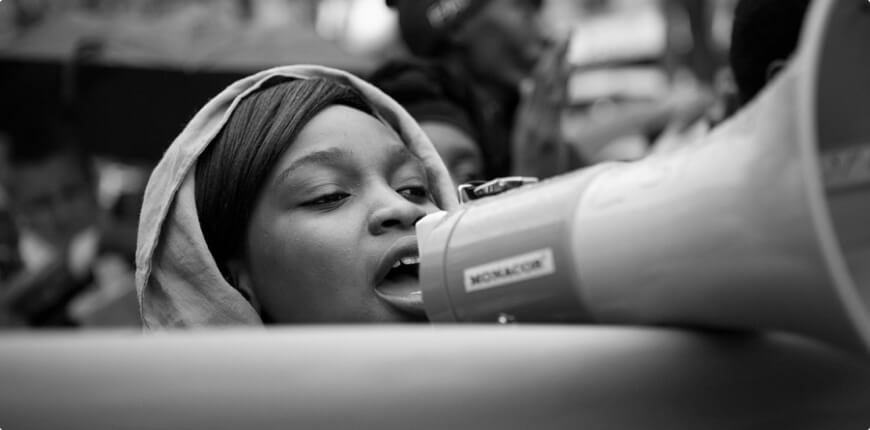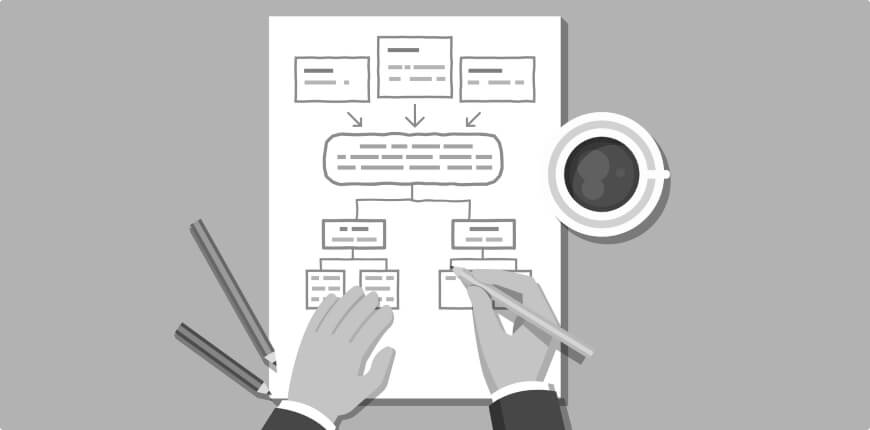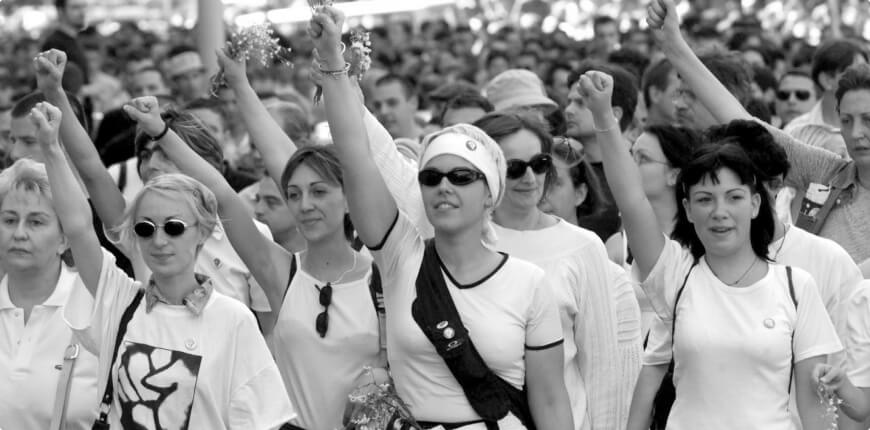If “divide and conquer” is a common approach of the powerful, creating sources and bonds of unity within movements and across alliances is an essential countermeasure. A shared vision of a better tomorrow provides hope to act and guidance for the difficult path to come. Creating that vision with others is the basis for strong alliances and shared struggle. Successful campaigns have created visions with broad appeal that energize the numbers of people needed to win.
In this lesson, participants will see the importance of setting goals that establish a strong sense of unity for their movement. They will learn the steps necessary for creating a vision that appeals to broad numbers within your spectrum of allies and reflects the needs of the people.
Objectives:
- Understand the role of “vision of tomorrow” in creating effective nonviolent struggles
- Map and analyze various groups/stakeholders/organizations that may be critical parts of your future movement
- Given that a number of people are in the middle of the political spectrum, understand the power of appealing to broader numbers
- Develop leadership skills to create a powerful vision, including:
- Listening to the needs of people rather than telling them what to do
- Identifying the steps of designing an effective process and following them.
1.1 Exercise
Participants will be instructed on how to prepare/present their Vision of Tomorrow and Spectrum of Allies exercises. Sample PowerPoint slides will be provided in order to prepare more uniformed presentations. After participants present their Vision of Tomorrow, they will receive feedback from CANVAS trainers and the other participants. While participants are presenting their visions, trainers will be coaching them. Other participants, if any, are involved and will be invited to ask specific questions to contribute to the session.









